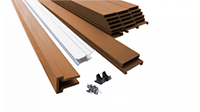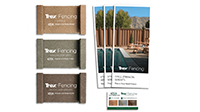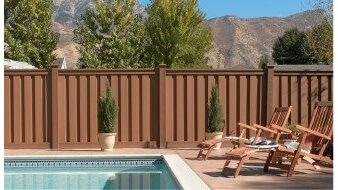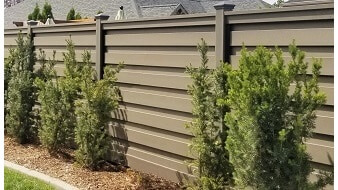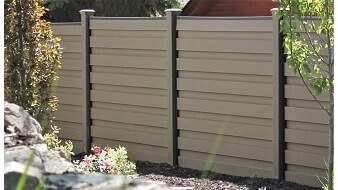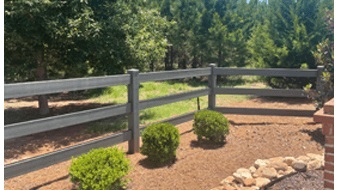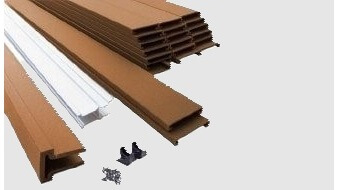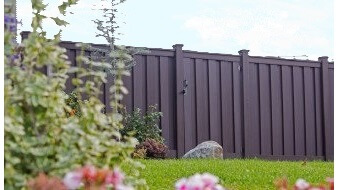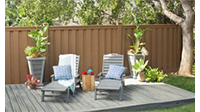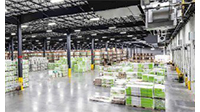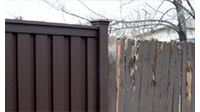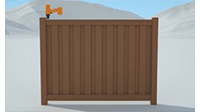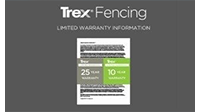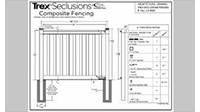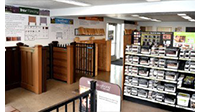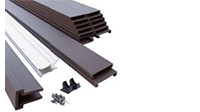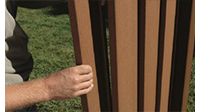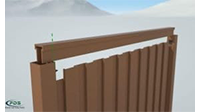From Troy to Trex: A Journey Through the Evolution of Fencing
Fencing has a rich and varied history that stretches back thousands of years. While it is difficult to say exactly when humans first began using fences to protect their property or establish boundaries, the archaeological record suggests that fencing was already well established in ancient civilizations such as Egypt, Greece, and Rome.
One of the earliest examples of a fence is the hedgerows of medieval Europe. These were typically low, bushy fences made of hawthorn, hazel, or other types of shrubbery. They were used primarily to enclose farmland and keep livestock from wandering off.
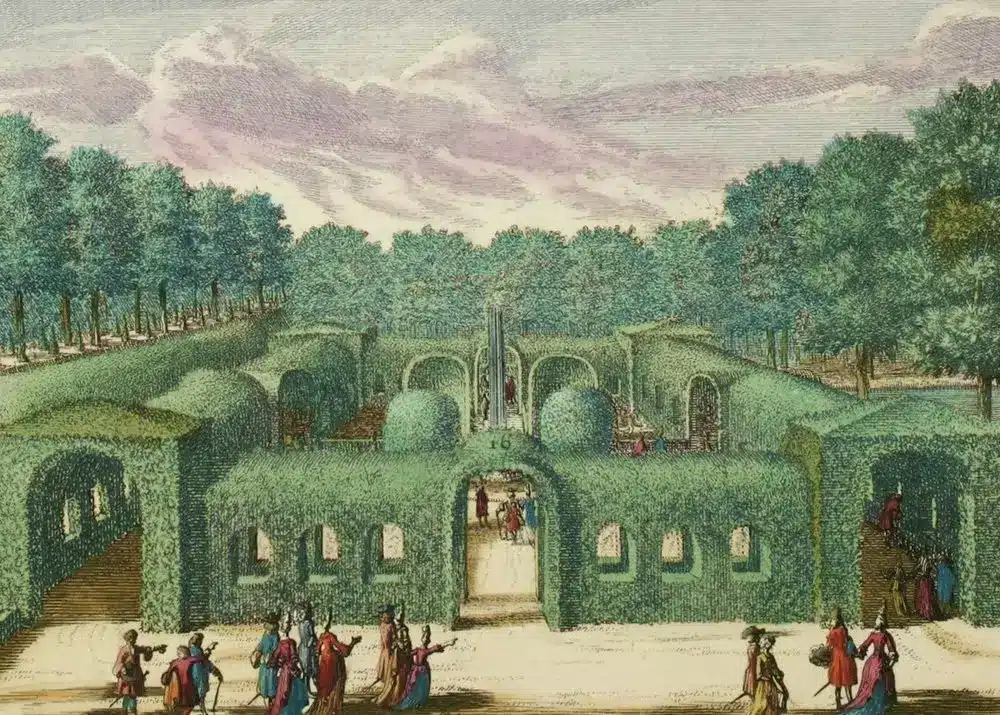
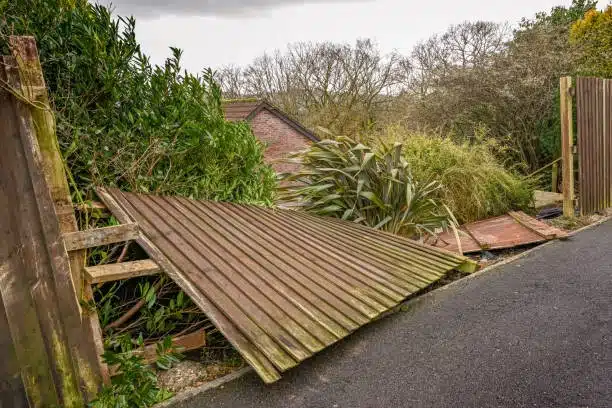
As societies became more advanced, so too did the materials used for fencing. Iron fences became popular in the late Middle Ages and Renaissance periods, often being used to protect castles and other fortifications.
During the 18th and 19th centuries, wooden fences became increasingly popular, as they were more affordable and could easily be built by farmers and other landowners. Wood fences, however, had their own set of problems, including rot, insect damage, and the consistent need for regular maintenance.
To address these issues, manufacturers began experimenting with new materials like vinyl and PVC. Vinyl fencing became popular in the late 20th century, and was marketed as a low-maintenance, durable alternative to wood. However, vinyl fences became brittle and chalky over time, and are vulnerable to cracking and other types of damage.
In recent years, composite fencing, which is made from a blend of wood fibers and plastic, has been gaining popularity. It offers many of the same benefits as vinyl fencing, but is more durable and resistant to the elements. Additionally, composite fencing has a more natural wood appearance than vinyl. Vinyl is plastic, after all, and has a distinct appearance of artificiality.
One of the most exciting developments in the fencing industry in recent years has been the introduction of Trex Composite Fencing. Made from a unique blend of recycled wood fibers and plastic, Trex Fencing offers unparalleled durability, strength, and resistance to the elements. Unlike wood or vinyl, Trex Fencing won’t rot or splinter and requires almost no maintenance. Trex Fencing is also environmentally friendly, as it’s made from recycled materials.
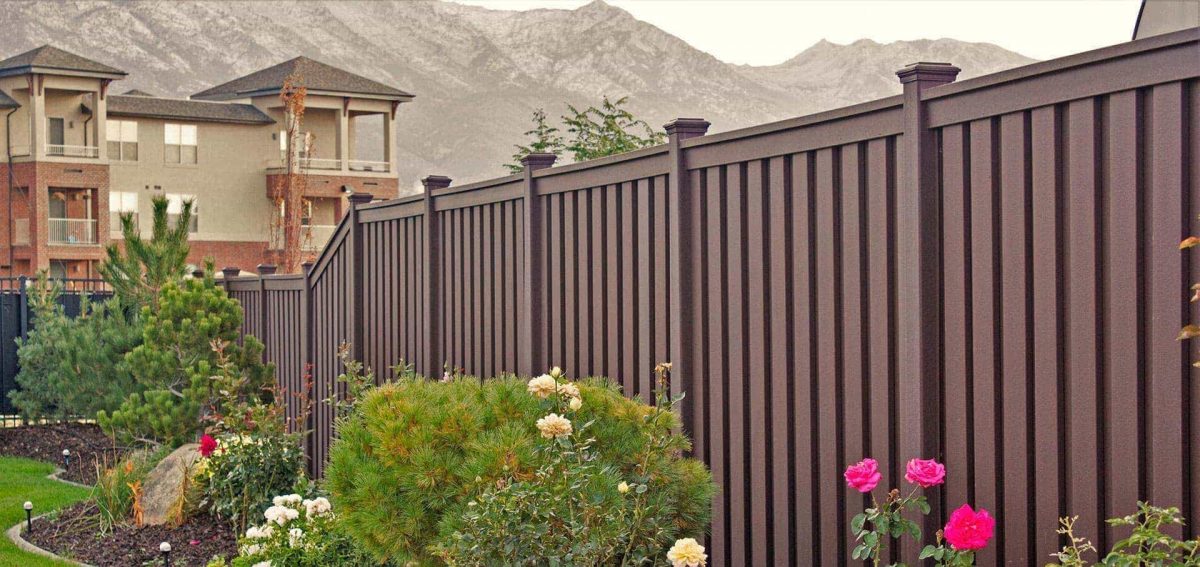
The benefits of Trex Fencing a manyfold. For example, the unique interlocking picket design of Trex Fencing makes it easy to install and ensures a seamless, uniform appearance. The interlocking system also provides tremendous strength and full privacy.
Whether you’re a homeowner looking to upgrade your property’s fence, a contractor looking for a premium option to start offering customers, a commercial developer seeking a durable, low-maintenance fencing solution, or an architect that is looking to upscale a project design, Trex Fencing is an excellent choice. With its long history of use and evolution, fencing has come a long way, and Trex Fencing is the latest and greatest in a long line of innovative solutions. Trex is truly the ulimate upgrade for the latest generation of fencing products.



